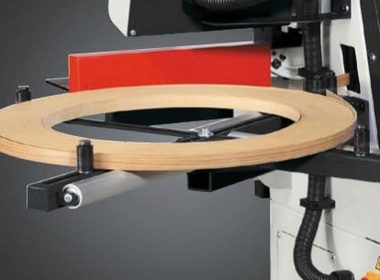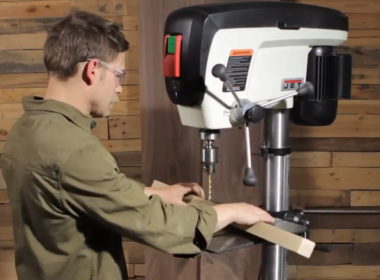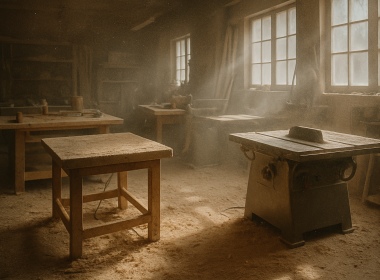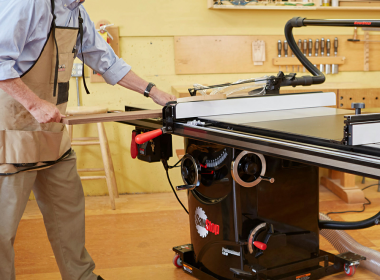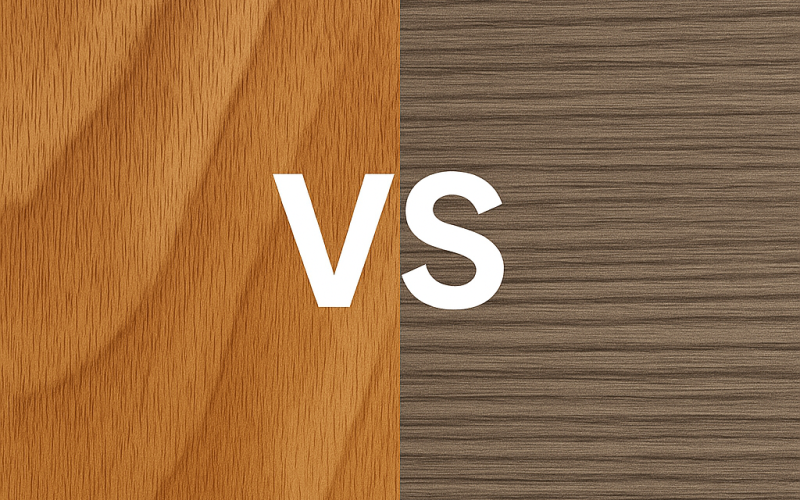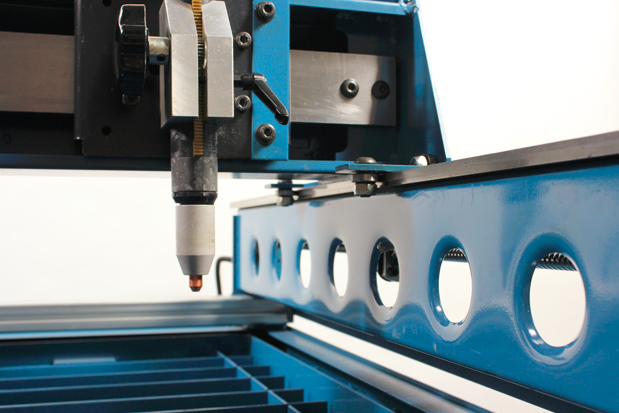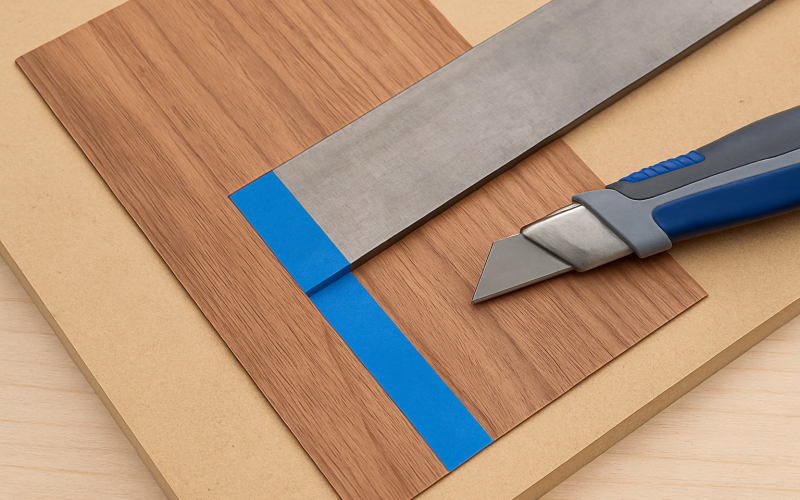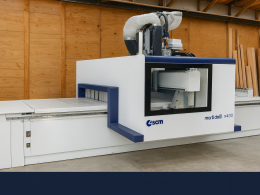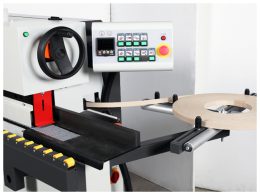Choosing between veneer and laminate can make or break your project—one wins on beauty, the other on durability. This guide cuts through the confusion with clear differences, best uses, and a quick decision checklist so you get the look you want and the performance you need—without rework.
Quick-Skim Summary
- Veneer gives you the real wood look and feel, with the bonus of being repairable—but it requires more upkeep.
- Laminate offers a printed, resin-based surface that’s tougher, more budget-friendly, and easier to maintain.
- The right choice depends on your project’s priorities; look versus durability, cost, maintenance, and how well it handles moisture.
Fast Definitions: Wood Veneer vs Laminate
Veneer is made from thin slices of real wood that are glued onto a core material like MDF, plywood, or particleboard. Each sheet has a unique grain and a warm, natural feel. Veneer can be lightly sanded and refinished, but only within its limited thickness.
Laminate is constructed from layers of paper and resin, topped with a printed design and sealed under a melamine wear layer. It delivers a consistent appearance, resists wear and moisture, and is easy to clean. However, laminate cannot be refinished once damaged.
Side-by-Side Comparison: Wood Veneer vs Laminate
| Factor | Veneer | Laminate |
|---|---|---|
| Look & feel | Authentic wood grain and texture | Consistent pattern; realistic prints/textures |
| Durability | Good; susceptible to dents/scratches | Excellent wear, scratch, and stain resistance |
| Moisture | Needs care around humidity and spills | Better moisture resistance overall |
| Repair | Can spot-sand/refinish lightly | Replace if damaged beyond fillers |
| Cost | Mid to high (species/grade dependent) | Low to mid; wide price range |
| Consistency | Natural variation panel to panel | Highly consistent color/pattern |
| Edge options | Edge band with matching wood | Edge band or post-form solutions |
| Best for | Furniture, panels, high-end millwork | Kitchens, baths, commercial, kids/utility |
Best Use Cases: Wood Veneer vs Laminate
- Choose Veneer When:
- You want premium, natural character for furniture fronts, panels, doors.
- Book-matching or grain continuity is part of the design.
- You’re okay with periodic care and careful cleaning.
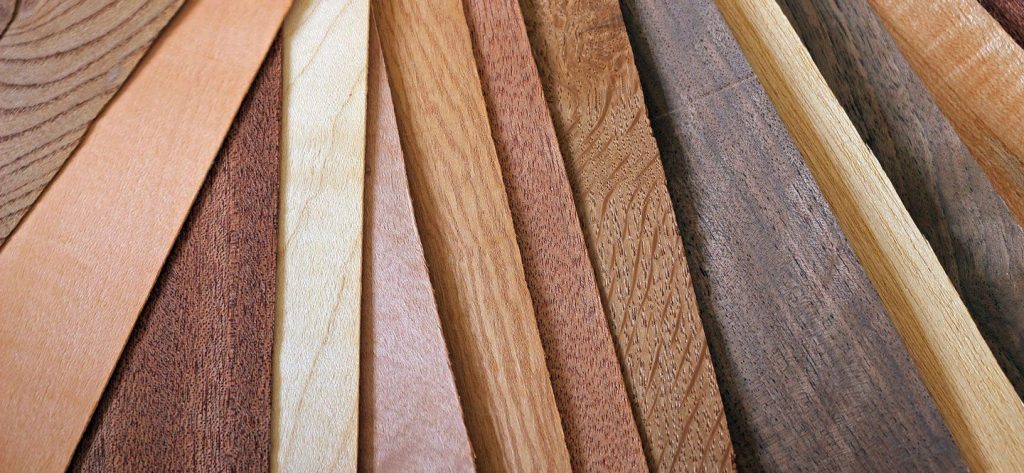
- Choose Laminate When:
- Surfaces see heavy traffic, spills, cleaners (kitchens, baths, retail, office).
- You need consistent color across many parts.
- Budget, easy cleaning, and longevity matter most.
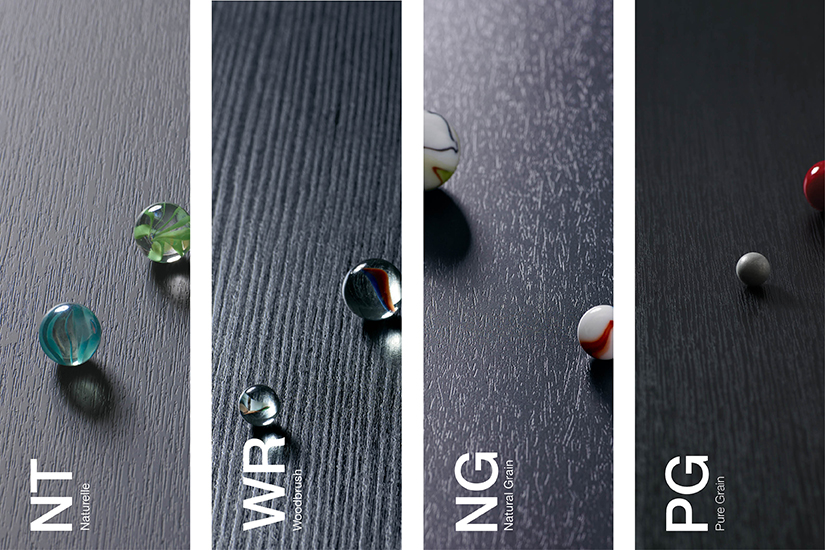
Types at a Glance
Veneer
- Natural: Oak, maple, cherry, walnut; flat/quarter/rift cuts.
- Reconstituted (engineered): dyed/laminated blocks re-sliced for uniform patterns and color across large runs.
Laminate
- HPL (high-pressure laminate): Most durable; ideal for horizontal wear surfaces (tops, desks).
- LPL/Melamine: Cost-effective for vertical/interior components.
- TFL (thermally fused laminate): Décor paper fused to board; great for casework and doors.
Finish & Care Differences
- Veneer care: Microfiber dusting, non-abrasive cleaners, coaster/placemat culture. Light repairs are possible using blend sticks, light sanding, or finish touch-ups.
- Laminate care: Damp cloth + mild detergent. Avoid abrasives and high heat at edges. For repairs use fillers for small chips or replace for major damage.
Decision Checklist: Wood Veneer vs Laminate
- Where will it live?
- Heavy daily wear, moisture, or harsh cleaners → Laminate
- Visual focal point, furniture-grade look → Veneer
- What’s the maintenance tolerance?
- “Wipe and go” → Laminate
- OK with careful cleaning & occasional touch-ups → Veneer
- How consistent must it be across many parts?
- High uniformity → Laminate or Reconstituted veneer
- Natural variation welcomed → Natural veneer
- Edges and shapes?
- Tight radius/post-forming → Laminate options
- Visible matching edges/grain wrap → Veneer + matching edge band
- Repair philosophy?
- Prefer refinish/spot repair → Veneer
- Prefer replace damaged part → Laminate
Practical Examples: Wood Veneer vs Laminate
- Kitchen base and wall cabinets: Laminate/TFL doors and interiors for durability; veneer accents on an island panel for warmth.
- Office desk and credenza: Veneer fronts and tops for premium feel; laminate worksurfaces if heavy daily wear.
- Retail fixtures: Laminate for sides/shelves; veneer feature panels where brand aesthetic matters.
Recommended Accessories
- Edgebanding: Matching wood & PVC options
- Adhesives & rollers: For veneer layup and laminate bonding
- Cutting tools: Laminate blades, veneer saws, flush-trim bit
- Care products: Non-abrasive cleaners, touch-up kits
Final Thoughts: Wood Veneer vs Laminate
Veneer delivers real-wood beauty and light refinishability; laminate wins on durability, consistency, and low maintenance.
If the project is a focal piece or you want grain-matched panels, choose veneer (natural or reconstituted) on a stable substrate. If it’s a high-traffic, moisture-prone, or budget-sensitive area, choose laminate. HPL for wear surfaces, TFL/LPL for casework and interiors.
Use the decision checklist to balance look, longevity, cost, and care, then spec edges and finishes to match. Pick once, install once, and get the performance—and appearance—you planned for.
Continue Reading → How to Cut Laminate Without Chipping
Continue Reading → How to Cut Veneer Cleanly: Tools, Methods, and Pro Techniques
Ready to build? Shop Laminate Sheets, Veneer Sheets, Edgebanding, and Cutting Tools. Or talk to a materials specialist for a quick spec check.



